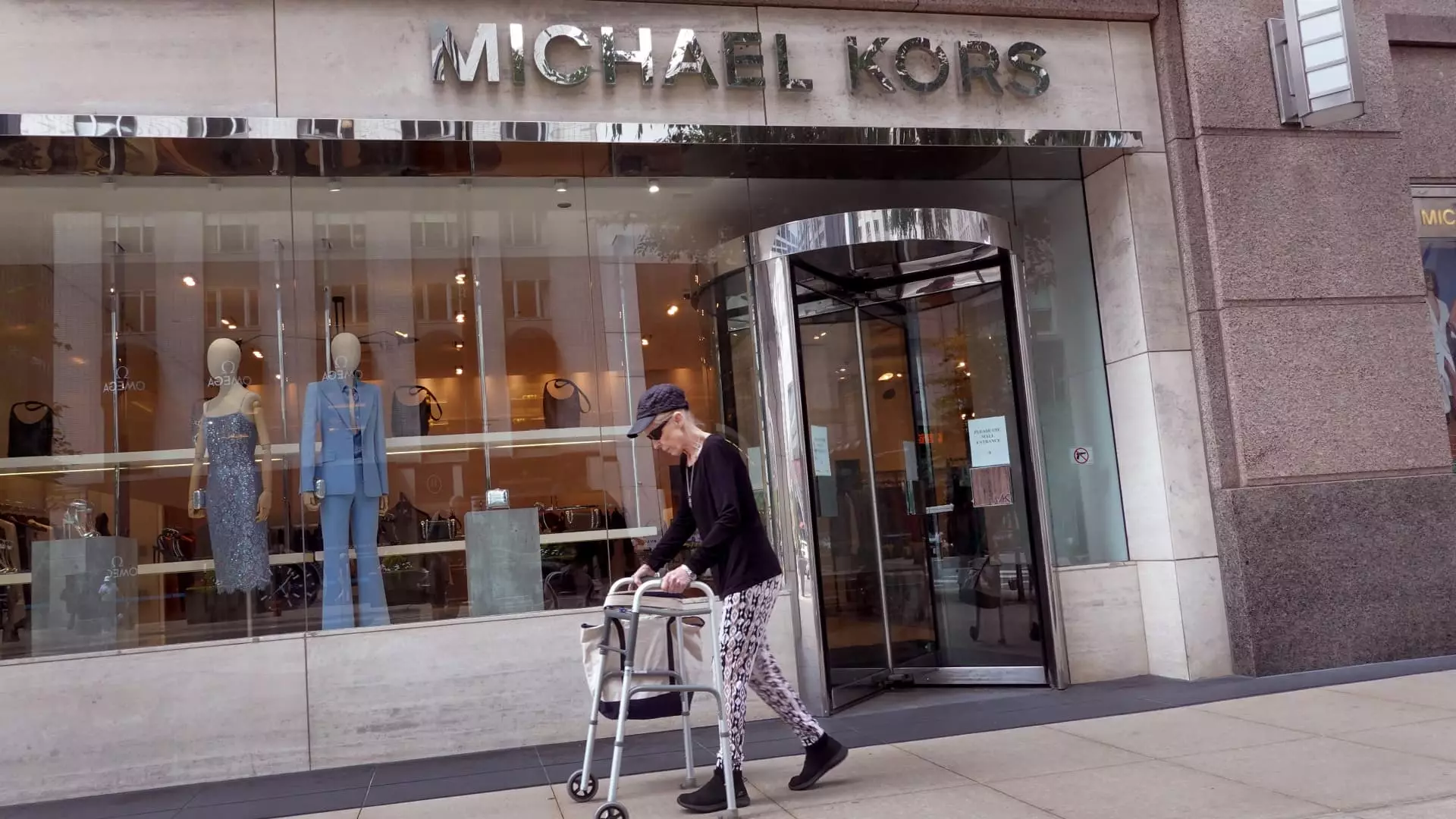The luxury fashion industry is no stranger to bold mergers and acquisitions, but the recent decision by Capri Holdings Ltd. and Tapestry Inc. to terminate their proposed merger underscores the complexities that underpin these high-stakes deals. Initially announced in August 2023 with a staggering price tag of $8.5 billion, the merger aimed to unite two of America’s largest luxury houses. However, the impending regulatory scrutiny and eventual actions by the Federal Trade Commission (FTC) led to an inevitable disbandment of this ambitious venture. This article examines the implications of this decision on both companies, the market they operate in, and the broader consumer landscape.
One of the pivotal factors contributing to the collapse of the Tapestry-Capri merger was the intervention of the FTC, which filed a lawsuit aimed at blocking the deal. According to the regulatory body, the merger would pose significant risks not only to consumers but also to the employees of both companies. This perspective reflects a growing trend among regulators who are increasingly scrutinizing large mergers that could create monopolistic or anti-competitive scenarios. The ruling from a federal judge, which favored the FTC and placed a preliminary injunction on the merger, laid bare the challenges that contemporary corporate alliances face in the luxury sector amidst a tightening regulatory environment.
In the wake of the merger’s termination, both companies are now strategically repositioning themselves to mitigate the financial impacts. Capri’s immediate concern revolves around the plummeting stock price, which saw a dramatic decline of about 50% following the judge’s ruling. This significant drop is indicative of how investors perceived the merger as a potential lifeline for Capri, which has struggled with dwindling sales and brand relevance, particularly within its iconic Michael Kors label. On the other side, Tapestry views the end of the merger as an opportunity for reallocation; the company plans to utilize the freed-up capital for a $2 billion share repurchase program, signaling confidence in its own growth trajectory without the need for external alliances.
As Capri seeks a resurgence in brand allure, it recognizes the necessity for strategic initiatives aimed at revitalizing its luxury houses—including Versace, Jimmy Choo, and Michael Kors. Under the leadership of CEO John Idol, Capri’s path forward will emphasize enhanced brand desirability through targeted communication, innovative product offerings, and an omni-channel shopping experience. This strategic pivot is crucial; the luxury market is evolving rapidly, with consumer behaviors shifting towards digital experiences and personalized shopping. Capri’s revitalization must not only focus on traditional luxury marketing but also cater to a more tech-savvy, younger demographic to ensure brand longevity.
In re-evaluating their market strategies, both Tapestry and Capri must navigate a luxury landscape that is increasingly competitive. Other major players, including LVMH and Kering, continue to dominate with diverse portfolios that allow for risk mitigation across various brands. For Tapestry, the decision not to merge with Capri can be positioned as a commitment to organic development, enhancing its existing brands like Coach, Kate Spade, and Stuart Weitzman while maintaining its market share. This approach may ultimately be prudent, as analysts had begun expressing doubts over the potential of the merger, suggesting that Tapestry may have overvalued Capri given its recent performance decline.
The dissolution of the Tapestry-Capri merger highlights the intricate dance of corporate strategy, market dynamics, and regulatory oversight within the luxury retail sector. Both companies, now faced with the task of carving out distinct paths to growth, must adapt swiftly to changing industry conditions. Their future success will likely hinge on how effectively they can resonate with consumers and manage brand perception in a marketplace that favors innovation and adaptability. Ultimately, this episode serves as a reminder that even the most promising mergers can falter under the weight of regulatory hurdles and market realities.

Leave a Reply